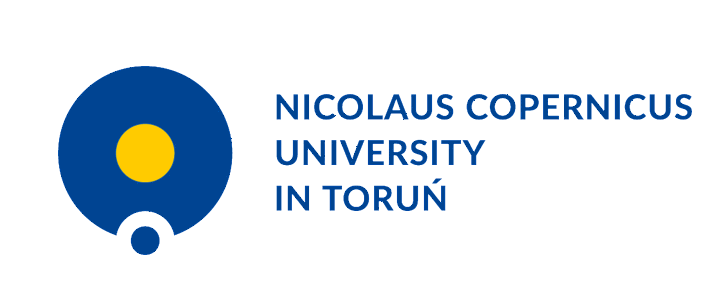Contemporary tendencies of integration between commodities and financial markets
Keywords:
financialization, commodity markets, financial markets, price level, correlation, Sharpe ratioAbstract
Purpose of the article: The main purpose of this paper is to analyze the integration between the various sectors of the commodity markets, equity index and bond index. Moreover there are also analyzed the risk and return characteristics of individual indices. Methodology/methods: First there is evaluated the correlation trend of individual variables. For this purpose we used a nonparametric Spearman’s correlation coefficient. Next method used in the paper is Sharpe ratio. The Sharpe ratio is developed to measure excess return above the risk free rate relative to the standard deviation of returns. Sharpe ratio is calculated by taking monthly data of individual indices. Scientific aim: In connection to the process of financialization of commodity markets which is caused by the sharp increase of amount of money flowing into the commodity markets question arises: What impact does this process have? In this paper we contribute to the discussion about increasing integration between commodities and financial markets in the period of financialization of commodity markets. Findings: Period of financialization of commodity markets was associated with an increase in correlations between stocks and commodities (especially since the second half of 2008), this trend is not permanent, as shown by the sharp drop in correlation at all commodity sectors in 2013. There are observed considerable differences in the correlation between individual commodity indices and equity and bond indices. There were no signs of integration of commodities and bond markets. Conclusions: Commodity assets belong to a specific class of assets that are still considered as alternative investments in comparison to the conventional financial assets. This paper analyzes integration between commodities and financial markets. We found that there is considerable difference between risk/return characteristics for each class of assets and we also found that in the long term commodity assets can contribute to reducing the unsystematic risk of the investment portfolio.Downloads
Published
2014-03-30
Issue
Section
ORIGINAL SCIENTIFIC ARTICLE











